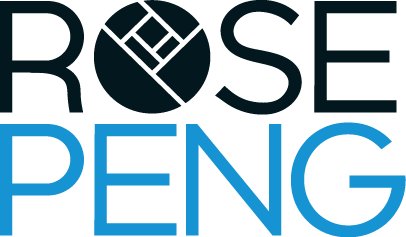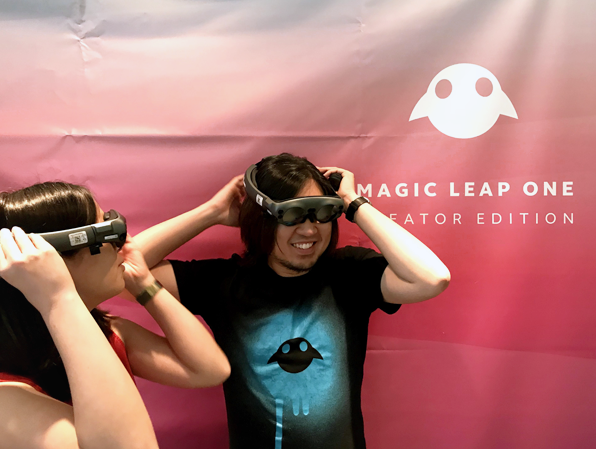Magic Leap One - Lumin OS
About
The Magic Leap One is a mixed reality wearable device that launched in August of 2018. As a pioneering device in the AR/VR industry, it gained a lot of traction and attracted many creators and enthusiasts.
Lumin is the name of the in-house custom-built operating system that is running on the Magic Leap One and utilizes spatial computing paradigms to add a third dimension to traditional computing. I worked on several Lumin core experiences that define the look and feel of Lumin OS — from initial start-up apps to a full social experience.
Roles
User Research
User Experience Design
Storyboarding
Layout Design
Visual Design
Unity Prototyping
Social
Social and Avatar Chat are novel experiences that allow users to communicate remotely while being able to convey presence via an array of device sensors.
Magic Leap Settings
The Settings application is a core, indispensable app which allows users to perform advanced configurations to customize their device.
Fitting and Calibration
Every new user goes through the fitting and calibration experiences, allowing their device to be customized, ensuring a snug fit and proper eye calibration.
Social
One vital experience for the Magic Leap platform is Social, which allows users to communicate concurrently with one another via 3D avatars. I contributed to the conceptualization process for several features, including Real-Time Sharing, Avatar Personalization, and Social First-Time Experience.
Real-Time Sharing
Users are able to share 3D content in their landscape with someone else. This shared content is synched relative to each person’s avatar if remote, or to their real-world positions if local.
Avatar Personalization
Users want to be able to customize their avatars to represent themselves. I helped design the interface for selecting and customizing an avatar, making use of the spatial nature of the UI and the 6-DoF hand controllers.
First-Time Experience
Many novel features appear in the Social app, and adequate messaging and visualization is needed to communicate these features in a contextual and non-obstructive way.
Magic Leap Settings
A well designed Settings app is vital to a good hardware experience. The Settings application can help users get connected to various peripherals, protect and maintain their privacy, and customize their device experience. As the interaction design lead for Settings, I had a part in every interaction, screen, and feature to ensure the app is consistent, intuitive, and streamlined.
Information Architecture
I conducted a study with over 50 participants to evaluate the information architecture of Settings using user research tools such as card sorting and tree test exercises.
OS Design
The Settings app was designed in conjunction with the core UIkit components, meaning the Settings app is usually the first app to utilize these components and test their viability.
Spec Documentation
I kept up over 100 pages of detailed user interaction and visual design documentation and communicate daily with software teams to ensure consistency.
Fitting & Calibration
With a brand-new mixed reality hardware hitting the market, we strove to accommodate as many users as possible. Utilizing sensors embedded in the device, my team and I devised a simple, intuitive “wizard”-like experience to ensure users have the proper fit when donning the Magic Leap One.
AI Logic Flow
The Fitting app uses advanced sensors to detect how the headset is worn. A logic flow captures the various outcomes which in turn needs to be communicated to the user.
Visual Communication
I iterated through numerous ideas for how to spatially and visually communicate device height and distance from eyes, so that the user could make adjustments for comfort.
Eye Calibration
The device makes use of eye tracking. Eye Calibration helps ensure up to 95% of users can use eye tracking effectively.













